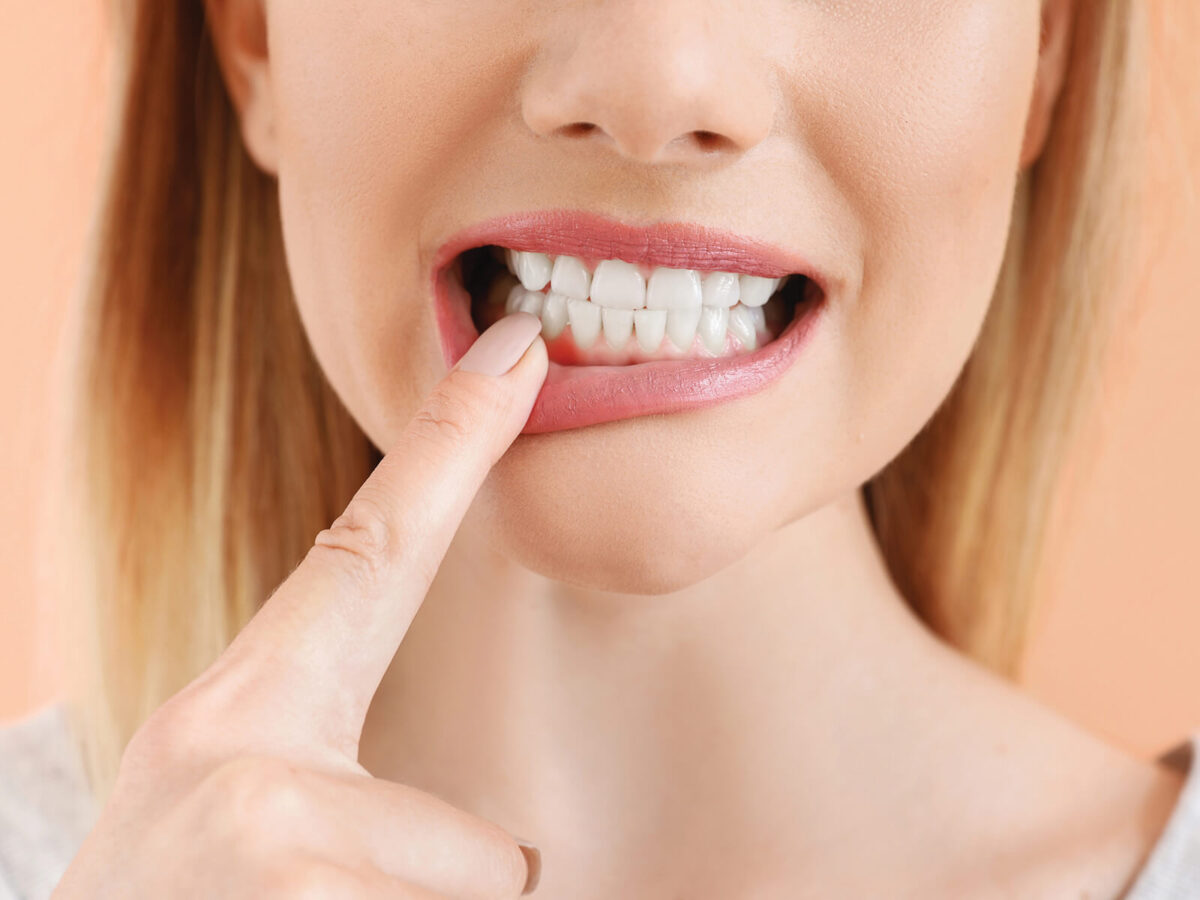Everybody yearns for a beautifully aligned smile and many people reckon that orthodontics can help to achieve this goal. But, do you know that Orthodontic treatment causes gum disease in some cases?
However, do not worry because Winnie Dentist TX Clinic offers some tips on managing gum discomfort while allowing your orthodontic treatment to continue.
A Note about Braces and Gum Disease
As part of Orthodontic treatment, your dentist will rearrange your teeth, which puts pressure on the adjoining gum tissue. This realignment can make your gums sore. Besides that, the rubbing of the brace material against your gums can irritate the gum tissue.
It is also important to remember that braces do not cause gum diseases, although keeping your teeth and gums clean can get tricky with them. There is a possibility that food articles will get stuck between the wires and brackets, marking the onset of plaque buildup and gingivitis.
Well, the good news is that Winnie Dentist TX has some ways to soothe the gum distress that braces bring about.
Remedies to Alleviate the Discomfort While Wearing Braces
Herein you can find some ways to treat gum discomfort when you’re sporting braces:
1) Rinsing with Warm Salt Water: Take 1 glass of water and mix in 1 teaspoon of salt. Swish your mouth with the mixture for about 30 seconds. By doing so, the gum swelling subsides, offering you a sense of relief.
2) Taking Over-the-counter Medicines: Winnie Dentist TX prescribes over-the-counter drugs such as acetaminophen and Ibuprofen to reduce gum-related pain and inflammation.
3) Applying Oral Gels: The application of oral gels to the sore gum areas has a numbing effect, whereby you get some pain relief.
4) Using Cold Compresses: An effective way to reduce gum discomfort is to apply a cold pack covered in cloth on your cheeks.
5) Practicing Oral Hygiene Measures: You can lower your risk of swollen gums by keeping your teeth and gums clean and free of food debris.
6) Putting Orthodontic Wax: Orthodontic wax can come to your rescue when your braces are rubbing against your cheeks or gum.
Simply roll a bit of orthodontic wax into a ball and keep it around the painful area. In doing so, you create a smooth barrier and reduce gum irritation.
Prevention of Gum Disease When Wearing Braces
There are many ways of preventing gum disease during your Orthodontic treatment:
1) Never Forget to Brush: By brushing your teeth after every meal, you can remove the food particles stuck in your mouth to prevent the buildup of plaque.
2) Floss Regularly: Brushing, coupled with flossing, should be part of your dental hygiene measures whether you’re wearing braces or not.
3) Mouthwashes are a Must: Swishing your mouth with antibacterial mouthwash can help remove food particles from areas that your toothbrush misses.
4) Periodic Dental Checkups: When you are undergoing orthodontic treatment via Winnie Dentist TX, you must visit both your dentist and your orthodontist regularly. By doing so, you can keep your teeth clean and detect any signs of gingivitis early on.
5) Be Mindful About Your Diet: As much as possible, it is advisable to refrain from sticky foods and sugary stuff so long as your orthodontic treatment is underway. That way, you avoid food from getting stuck between the bands, wires, and brackets.
6) Avoid Tobacco Consumption: Tobacco harms not only your gums but also your overall health. That’s why your orthodontist will advise you against consuming tobacco when you’re wearing braces.
7) Use a Mouthguard: An effective way of protecting your teeth, gums, and braces from sports injuries is by wearing a mouthguard. Talk to your dentist to know about the mouth guard that would suit you best.
Host of Treatments for Gum Diseases
Home remedies, along with dental treatments, can help to keep gum diseases at bay. Among treatments for gum diseases are:
1) Specialized Equipment: The Winnie Dentist TX Clinic deploys ultrasonic scalers and other advanced tools to clean your teeth and gums effectively.
2) Brushing and Flossing Techniques: A demo of the right techniques of brushing and flossing by the dental experts teaches you how to go about cleaning your teeth and gums when you have braces. Interdental brushes and water flossers are some tools that help you maintain oral hygiene.
3) Medicated Mouthwash Varieties: Using a medicated mouthwash prescribed by your orthodontist neutralizes the bacterial elements while serving as an effective cure for gum disease.
4) Orthodontist Visits: Severe cases of gingivitis or periodontitis warrant a visit to your Orthodontist for advanced dental treatments.
WRAPPING UP
Orthodontic care and treatment are the best ways to help you straighten your crooked teeth. Nonetheless, wearing braces means following your brushing and flossing regime diligently. Moreover, you must follow all instructions given by the Winnie Dentist TX regarding braces.




